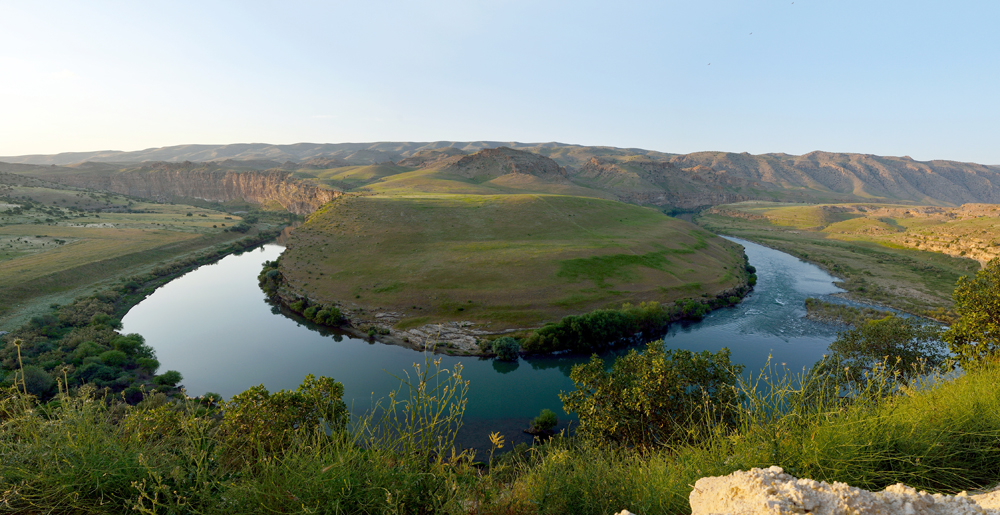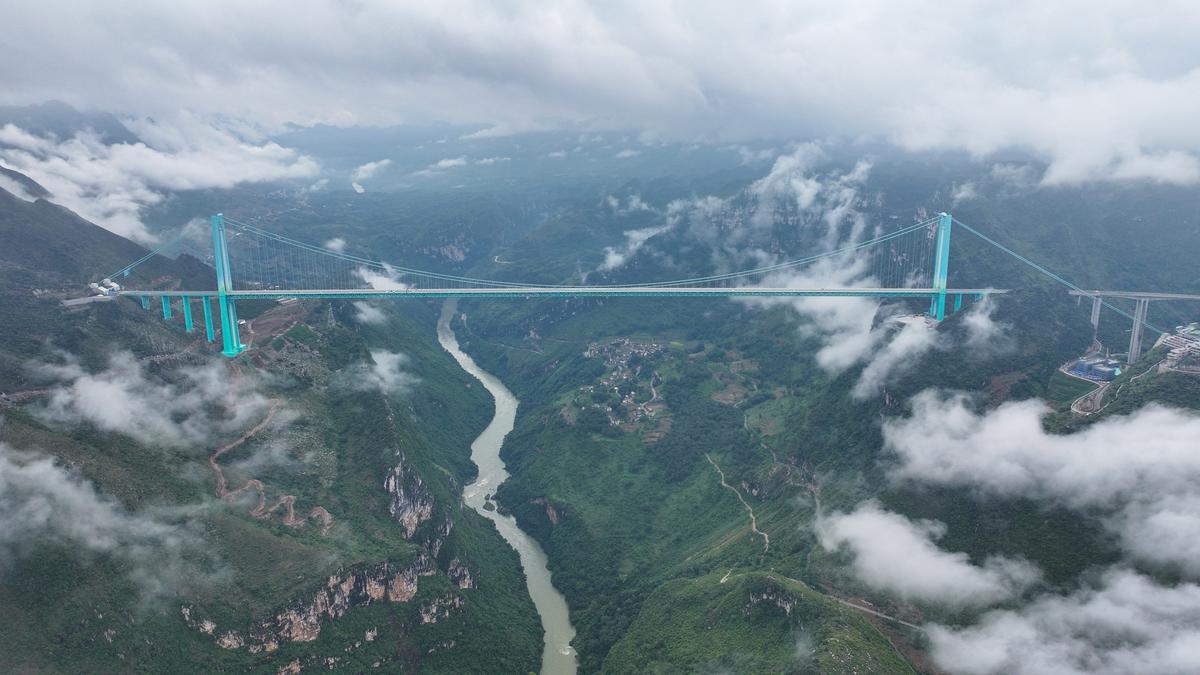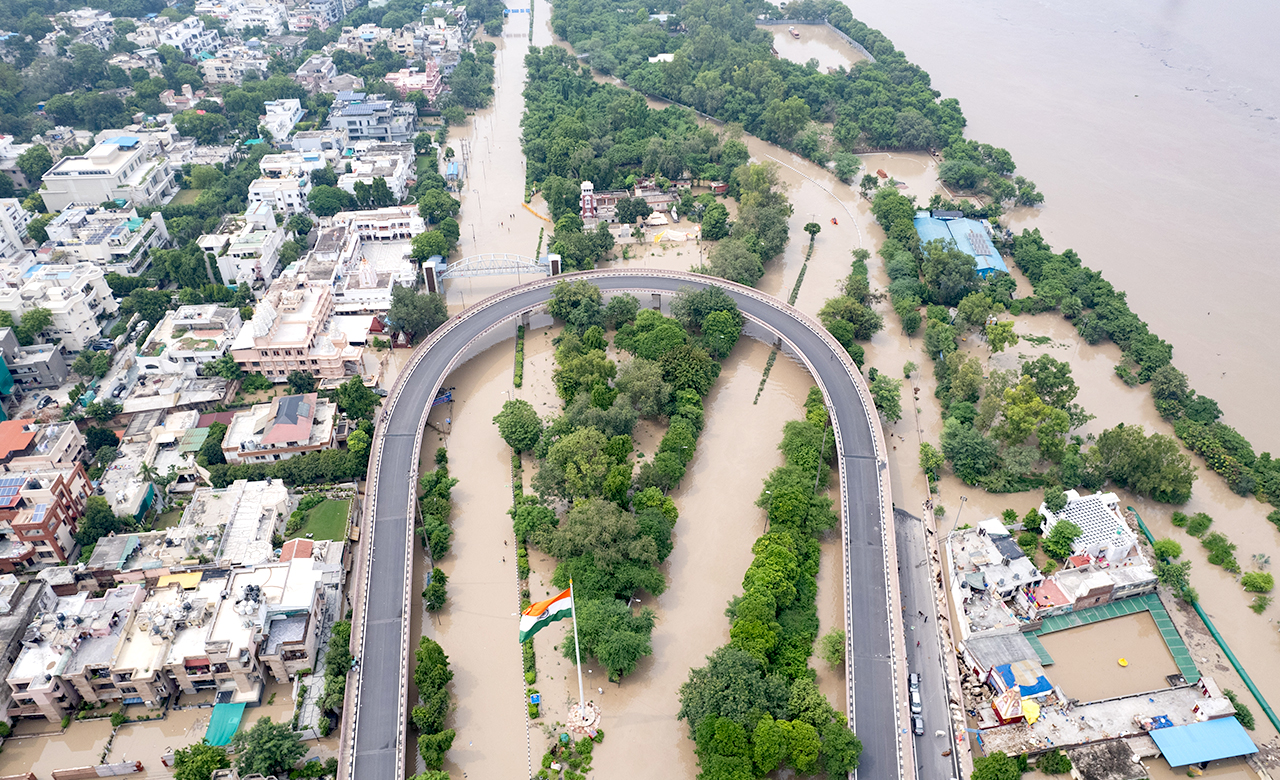
Rivers have always been nature’s lifelines, shaping the rise of the earliest civilizations by providing water, fertile soil, and trade routes. They became the foundation for farming, transport, and culture.
In Mesopotamia, the Tigris and Euphrates brought nutrient-rich silt during annual floods, boosting agriculture and helping societies like the Sumerians and Babylonians build the world’s first cities.
In Egypt, the Nile’s predictable floods allowed farmers to plan harvests, while the river served as the main transportation route and inspired religious beliefs, with the god Hapi symbolizing its life-giving power.
The Indus Valley Civilization used the Indus River for farming and trade, creating planned cities with advanced drainage systems and engaging in long-distance trade with Mesopotamia.
In China, the Yellow River’s fertile loess soil supported farming, but its devastating floods earned it the name “China’s Sorrow,” influencing governance and philosophy.
Beyond agriculture, rivers were trade highways, cultural bridges, and sources of myths. They inspired writing systems like cuneiform and hieroglyphs. Over time, climate changes, invasions, and shifting river courses led to decline.
Even today, rivers remain essential for survival, culture, and growth, proving they are the true arteries of human history.
Tags:
Post a comment
Is India ready for a Four-Day workweek?
- 03 Sep, 2025
- 2
CA Exams in Punjab and Jammu postponed due to Heavy...
- 03 Sep, 2025
- 2
Why is Congress bringing Up Trump's Ceasefire claim again?
- 10 Sep, 2025
- 2
World’s highest bridge opens in China!
- 29 Sep, 2025
- 2
Team Trump eyes tighter H-1B rules beyond $100,000 fee Hike!
- 10 Oct, 2025
- 2
Categories
Recent News
Daily Newsletter
Get all the top stories from Blogs to keep track.

















